Menu:
- Home
- TAC-G
- Calendar
- Cybersecurity
-
Projects
- Plans & Documents
- Tribal Medical Reserve Corps
- Tribal CERT
- Tribal RACES
-
Blockwatch
-
Interoperable Communications
- Nation to Nation
- Legislative
- Links
- Grant Opportunities
- Critical Infrastructure Protection
-
Tribal Public Health
- Tribal GIS
-
Public Information Officers
- Upcoming and Past Conferences
![]()
Upcoming Events
NWTEMC Tribal Partners

Colville Confederated Tribes
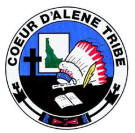
Coeur D'Alene Tribe
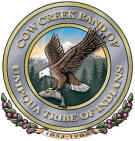
Cow Creek Band of Umpqua Tribe of Indians
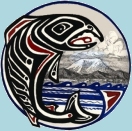
Cowlitz Indian Tribe
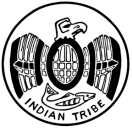
Hoh Indian Tribe

Kalispel Tribe of Indians
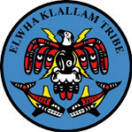
Lower Elwha Klallam
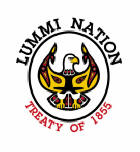
Lummi Nation
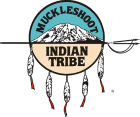
Muckleshoot Indian Tribe
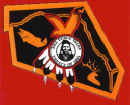
Nez Perce Tribe
Nisqually Indian Tribe
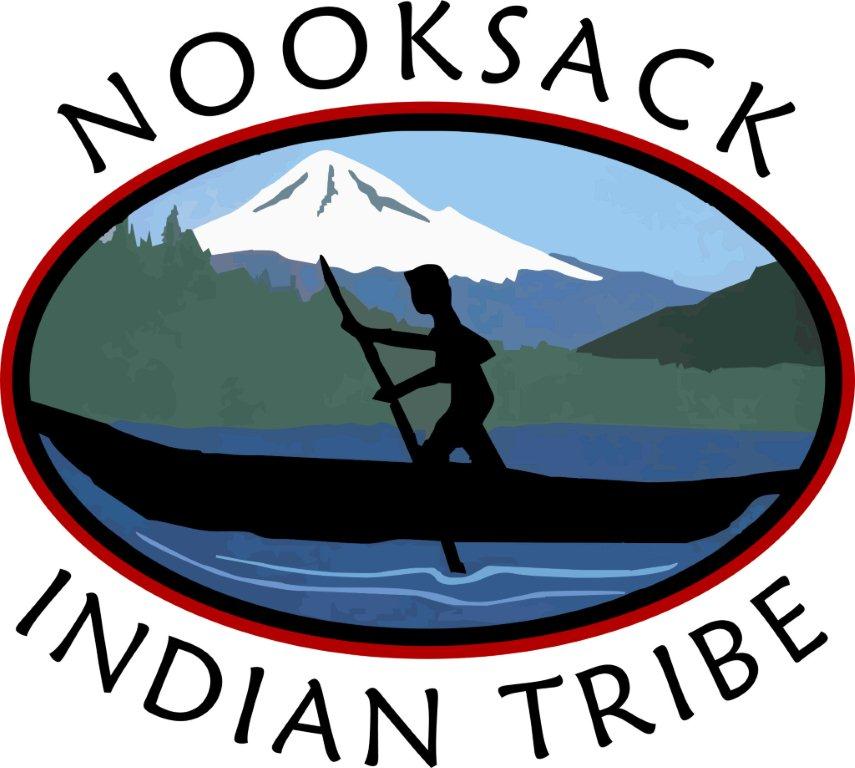
Nooksack Indian Tribe
Quinault Indian Nation

Quileute Nation

Samish Indian Nation
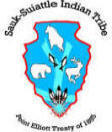
Sauk-Suiattle Indian Tribe
Scammon Bay Native Village, Alaska
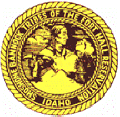
Shoshone-Bannock Tribes
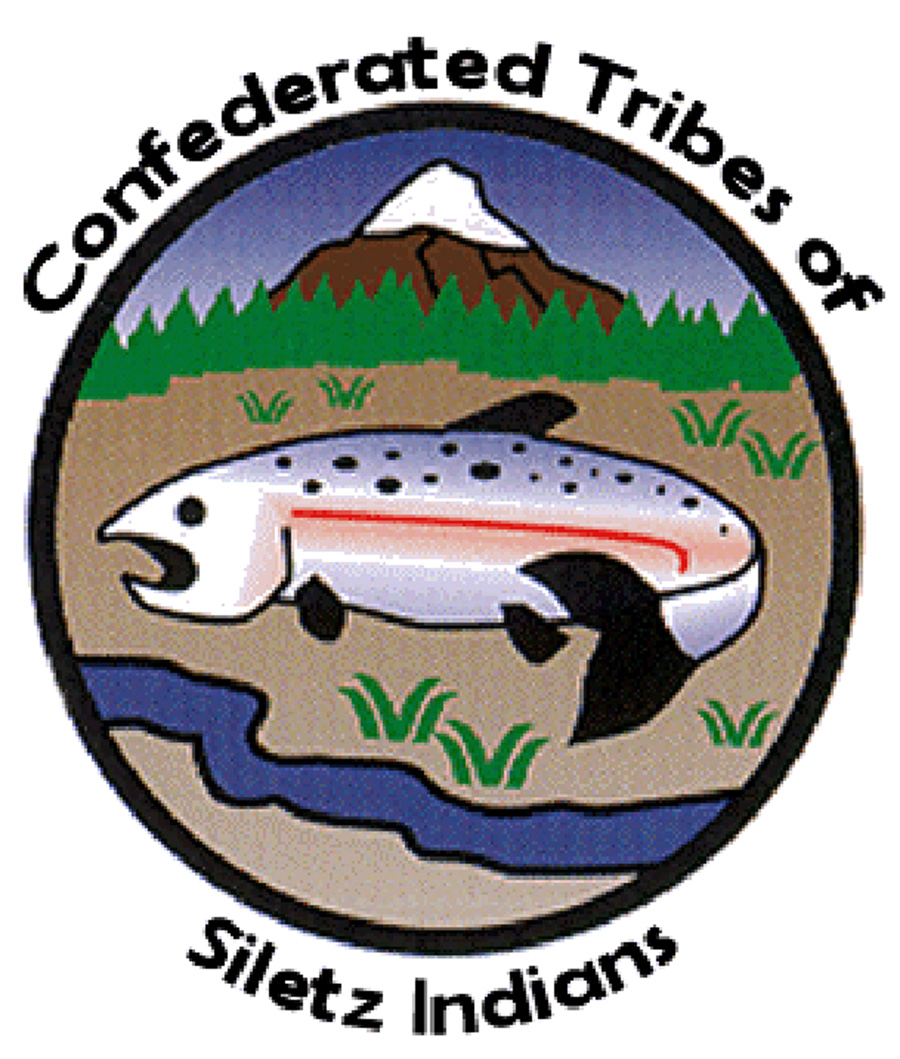
Confederated Tribes of Siletz Indians

Spokane Tribe of Indians
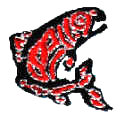
Stillaguamish Tribe of Indians

Swinomish Indian Tribal Community
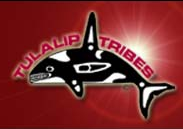
Tulalip Tribes

Upper Skagit Tribe
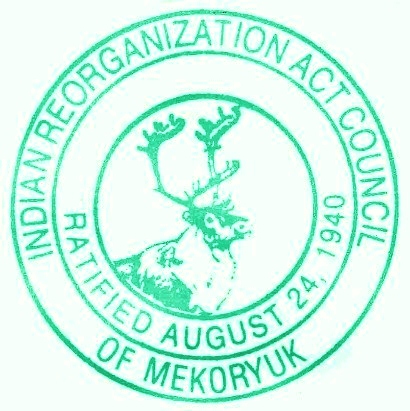
Village Council of Mekoryuk, Alaska
Tribal Assistance Coordination Group (TAC-G)
The continuing mandate of the Tribal Assistance Coordination Group (TAC-G) is to both raise awareness and dispel obscurity regarding emergency services support to Tribal Nations, before, during, and after disasters.
To learn more about who we are follow this link: 2011 National Workshop
2011 National Workshop Presentations (all in powerpoint)
Administration for Native Americans, ANA Grant Opportunities
USDA Animal & Plant Health Inspection Service: APHIS Emergency Mgmt. 101
Tribal Program: DHS Office of Intelligence & Analysis
Flood Fighting and Planning, US Army Corps of Engineers, Omaha District
Nevada Tribal Emergency Management & Homeland Security, Terry Bohl, IHBN
Proposed National Levee Safety Program, National Committee on Levee Safety
National Levee Database, Inventory/Information Program, USACE Levee Safety Program
National Tribal All-hazard Incident Management Team
Northwest Tribal Emergency Management Council
Planning for Disaster Resilient Tribal Communities, FEMA, Mitigation Planning
Law Enforcement Sharing Initiative, DHS
**********************************************************
2012 National TAC-G Conference
May 9th and 10th
Sheraton Albuquerque Uptown
Albuquerque, NM
The continuing mandate of the Tribal Assistance Coordination Group (TAC-G) is to both raise awareness and dispel obscurity regarding emergency-services support to Tribal Nations before, during, and after disasters.
The purpose of the 2012 TAC-G National Conference is to provide the highest quality environment possible for collaboration with individuals and entities that are dedicated to organized assistance for American Indians and Alaska Natives (AI/AN), Tribes, and Tribal governments in their time of need. The material presented will be some of the most accurate and up-to-date emergency-services information available, delivered by nationally recognized and emerging authorities. The mission will be accomplished in a professional and financially responsible manner in the best interest of all conference participants.
Conference Objectives
- Adhere to the guidelines of the Mission Statement.
- To provide a diverse forum for an open dialogue among Federal, State, County, and local jurisdictions to discuss emergency-services support to Tribal Communities.
- To give participants the opportunity to network with other officials with related interests and issues.
- To continue the self-propagating system of TAC-G national and regional workshops and conference participation.
- To inspire participants to take what they have learned and actively engage their fellow participants and colleagues in raising awareness of Tribal emergency-services issues upon their return to their respective organization.
Conference Agenda
View the draft agenda as it takes shape.
Train-the-trainer Workshop
As part of this year’s conference, Heritage Preservation, a national non-profit dedicated to preserving the cultural heritage of the United States, will conduct a free, two-part workshop on Risk Evaluation and Planning for Tribal Cultural Institutions. The goal of this workshop is to build the capacity of tribal cultural institutions to better deal with emergencies that threaten their collections. Representatives from tribal museums, libraries, and cultural centers will join TAC-G conference attendees to learn how to use risk assessment and emergency planning tools to better protect their tribes’ cultural resources. All participants will be encouraged to share these tools with other cultural institutions in their respective nations.
Thurs., May 10, 1100 – 1515: Part 1 of this train-the-trainer workshop will consist of lectures and discussions about reducing risk at cultural heritage institutions. Topics that will be covered include collection hazards, preparedness activities, and working with stewards of cultural resources (and for them, working with emergency managers). Heritage Preservation’s Risk Evaluation and Planning Program (REPP) will be introduced as a resource that can be used to determine an institution’s level of risk. Part 1 will be held at the conference hotel and is open to all TAC-G attendees.
Friday morning, May 11, 0900 – 1230: Part 2 will consist of a walk-through of the Indian Pueblo Cultural Center using the REPP tools. A preservation professional and a tribal emergency manager, along with a staff member of the Cultural Center, will conduct a risk assessment and discuss ways to eliminate or mitigate man-made, natural, and environmental threats to the collections. A wrap-up discussion will cover lessons learned and how participants can conduct the same type of walk-through at their own facility.
Because the walk-through will be limited to 30 participants, TAC-G attendees are asked to register for the Friday morning session. Preference will be given to TAC-G attendees who are joined by a representative of a cultural institution from their tribal community and who register to attend both parts of the workshop. This pairing will maximize workshop participants’ ability to raise awareness about protecting cultural collections and train others in risk assessment upon their return.
To help REPP workshop participants defray travel costs, 30 travel stipends at a maximum of $325 each will be available to TAC-G attendees and cultural representatives from the same tribal community who attend both parts of the workshop. Because participation in Part 2 of the workshop is capped at 30, preference will be given to pairs of registrants. All travel stipends are on a reimbursement basis only.
Conference Registration is Free!
Travel, Lodging, and Per Diem expenses are the responsibility of attendees.
***************************************************************NO FURTHER UPDATES ARE AVAILBLE REGARDING THE 2012 TAC-G Conference at this time. We will continue to post any updates as we receive them.
